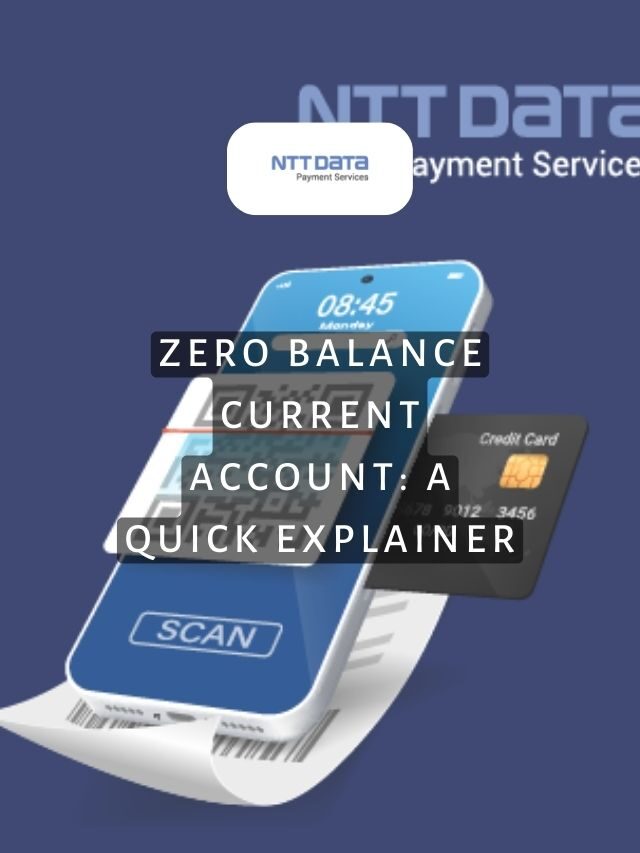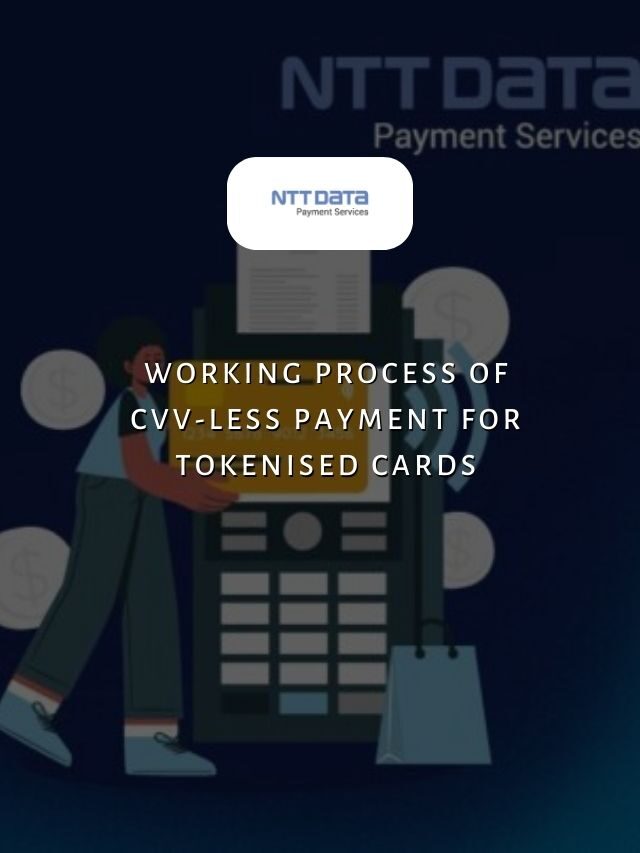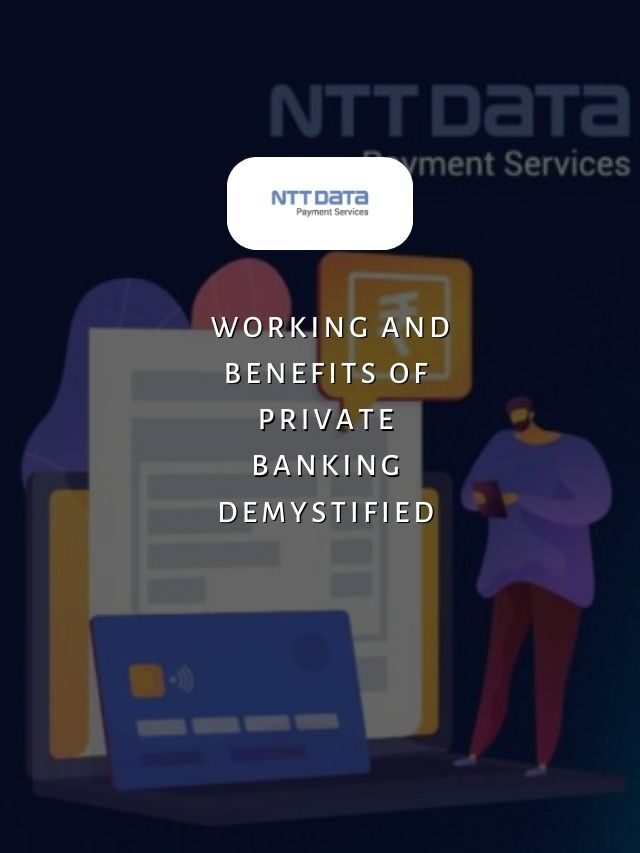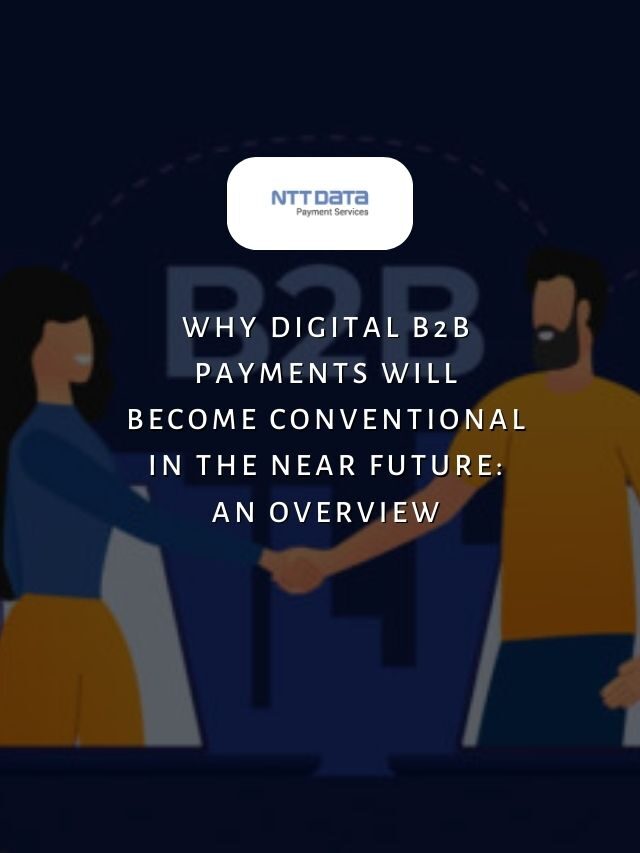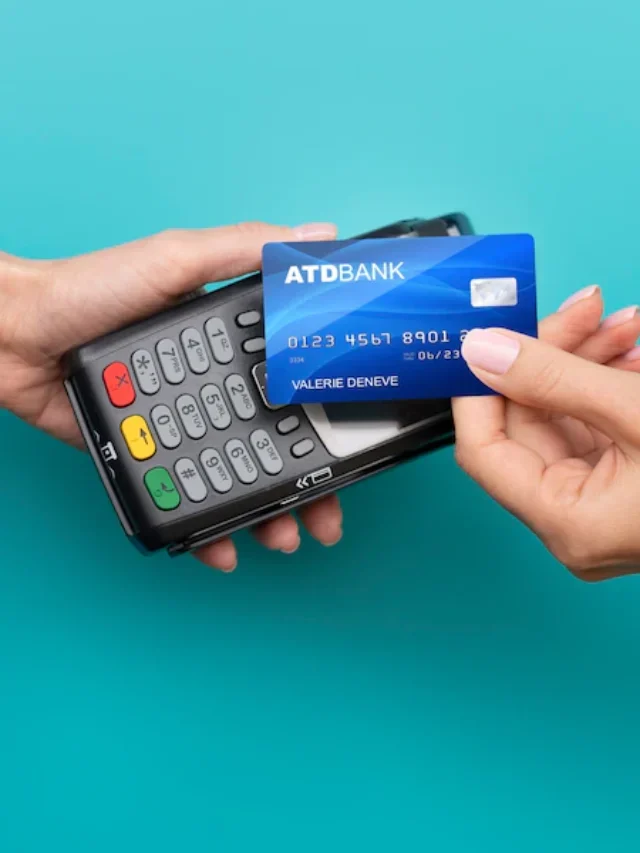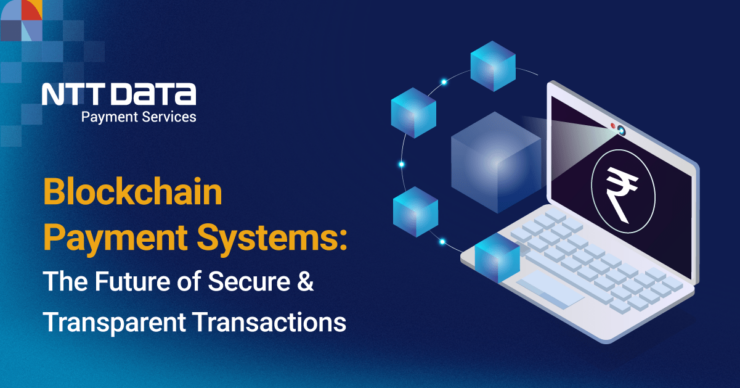
Table of Contents
- 1 Blockchain Payment Systems: What are they?
- 2 Why and How Are They The Future of Transactions
- 3 Security and Transparency in Blockchain Payment Systems
- 4 Challenges and Risks Involved
- 5 Want Safer Payment Solutions? NTT DATA Payment Services is your best option!
- 6 Conclusion
- 7 Frequently Asked Questions (FAQs)
Blockchain Payment Systems: What are they?
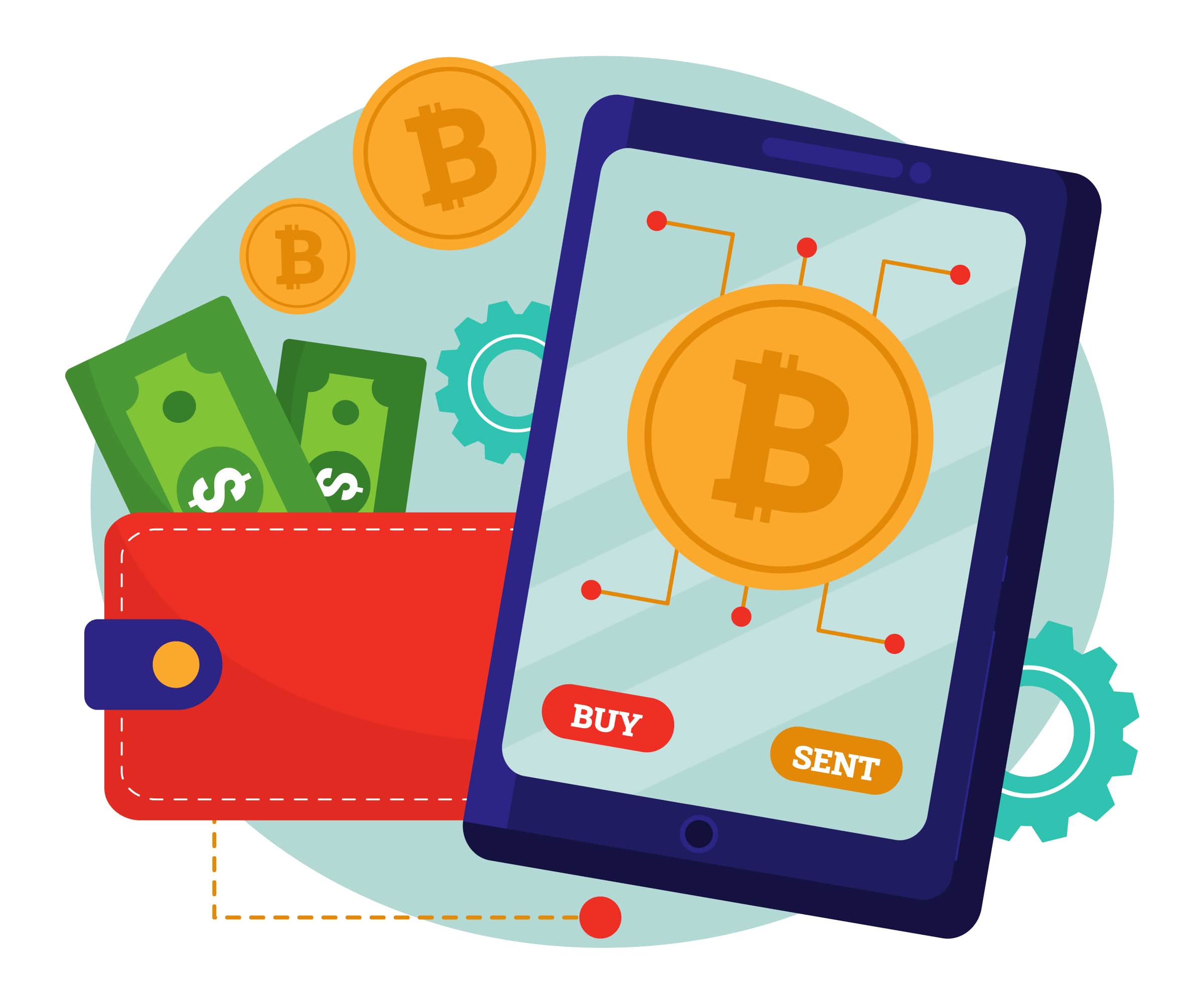 Blockchain technology provides a secure and transparent system for recording and verifying transactions. This technology enables secure, decentralized, and transparent payments using blockchain platforms.
With blockchain payment systems, users can send and receive payments directly without the need for intermediaries like banks or payment processors. This is achieved through digital currencies, which are secured and recorded on the blockchain ledger.
To ensure that transactions are safe, permanent, and visible, blockchain payment systems use several cryptographic techniques. After each transaction is confirmed and logged on the blockchain, a permanent and impenetrable transaction record is created.
Blockchain technology provides a secure and transparent system for recording and verifying transactions. This technology enables secure, decentralized, and transparent payments using blockchain platforms.
With blockchain payment systems, users can send and receive payments directly without the need for intermediaries like banks or payment processors. This is achieved through digital currencies, which are secured and recorded on the blockchain ledger.
To ensure that transactions are safe, permanent, and visible, blockchain payment systems use several cryptographic techniques. After each transaction is confirmed and logged on the blockchain, a permanent and impenetrable transaction record is created.
Recent Web Stories
Why and How Are They The Future of Transactions
Blockchain payment systems are gaining popularity rapidly and for good reason. They offer several benefits over traditional payment systems that make them the future of transactions.- First, they eliminate intermediaries and offer faster and cheaper transactions.
- econdly, blockchain payment systems are more secure and transparent because transactions are recorded on a decentralized ledger, making them less susceptible to fraud.
- Finally, blockchain payment systems offer greater financial privacy and control because users can manage their digital identities.
- Furthermore, traditional payment systems may not be accessible to everyone, especially those without access to traditional banking services. In contrast, blockchain payment systems can facilitate transactions for anyone with an internet connection, providing greater financial inclusivity.
Potential For Wider Adoption
More companies and people are likely to adopt blockchain payment systems as the technology continues to develop and acquire wider acceptance. Additionally, the adoption of blockchain payment systems is likely driven by the rising desire for quicker and more secure payment methods, particularly in developing countries. There are several real-world applications of blockchain payment systems. Bitcoin, for example, is a decentralized payment system that allows users to send and receive payments without the use of intermediaries. Ripple, Ethereum, and Litecoin are some of the other blockchain-based payment systems. Furthermore, several companies, including IBM and Western Union, are researching the use of blockchain payment systems for cross-border payments and remittances, making them a constantly developing payment system worldwide.Security and Transparency in Blockchain Payment Systems
One of the most significant benefits of blockchain technology is its ability to ensure transaction security and transparency. Transactions in traditional payment systems are processed by third-party intermediaries, which can lead to vulnerabilities and risks. On the other hand, blockchain payment systems use a decentralized network in which multiple network participants verify and record every transaction. As a result, it is nearly impossible for any single participant to manipulate the system.Security
Blockchain technology provides a high degree of security because of its decentralized nature, cryptographic algorithms, and immutability of the ledger. Furthermore, blockchain technology enables the use of smart contracts, which are self-executing contracts that are enforced automatically when certain conditions are met. Smart contracts can reduce the need for transaction intermediaries, lowering the risk of fraud or errors. Another important aspect of blockchain security is that it allows users to keep control of their data and digital assets. In traditional payment systems, users must trust third-party intermediaries to secure their data. With blockchain technology, users can control their data.Transparency
Another significant advantage of blockchain payment systems is transparency. Tracking the flow of funds or determining the authenticity of a transaction can be difficult with traditional payment systems. With blockchain, however, every transaction is publicly recorded and verified, resulting in a transparent ledger that anyone with network access can audit. This increased transparency has the potential to improve trust and accountability in transactions, especially in industries where transparency is critical, such as supply chain management or charitable donations. As blockchain technology continues to evolve, we can expect to see even more innovative solutions that prioritize security and transparency in transactions.Challenges and Risks Involved
Despite their many advantages, blockchain payment systems also face several challenges and risks.1. Regulatory Challenges
One of the major challenges threatening blockchain payment systems is the lack of regulatory clarity. Since blockchain is a relatively new technology, regulatory authorities are still figuring out how to regulate it.2. Scalability Challenges
As more transactions are added to the blockchain, the size of the blockchain increases, which can slow down transaction times. This can make blockchain payment systems less efficient than traditional payment systems.3. Cybersecurity Risks
Cybersecurity issues can also affect blockchain payment systems. It can be challenging to protect against hacking attempts because the blockchain is decentralized and distributed. Although the blockchain is very secure, other components of the payment system, such as wallets and exchanges, are more prone to attack. Despite these challenges and risks, steps are being taken to mitigate them. For example, some countries are beginning to develop regulations governing blockchain payment systems to provide clarity to businesses. Additionally, developers are working on ways to increase the scalability of the blockchain and improve the security of wallets and exchanges. As these challenges and risks are addressed, blockchain payment systems will become even more appealing to businesses and consumers alike.Want Safer Payment Solutions? NTT DATA Payment Services is your best option!
Safe and transparent transactions are critical for building trust between individuals and businesses. With the rise of digital transactions, the need for secure and transparent payment systems has become more important than ever to protect against fraud, scams, and other financial crimes. NTT DATA Payment Services offers a complete payment solution to advance both your offline and online businesses from,- Online Payment Gateway
- POS machines
- IVR payments
- Mobile applications, and
- Bharat QR Scan and Pay
Conclusion
Blockchain payment systems offer a promising future for secure and transparent transactions. While challenges and risks are certainly associated with this technology, developers and regulators are taking steps to mitigate these issues. As blockchain payment systems become more widely adopted and accepted, they can revolutionize how we conduct transactions, offering faster, more secure, and more transparent payment options. By embracing this technology, we can pave the way for a more secure and transparent financial future.| Also, you can get frequent updates on nttdatapayments Instagram page. |

